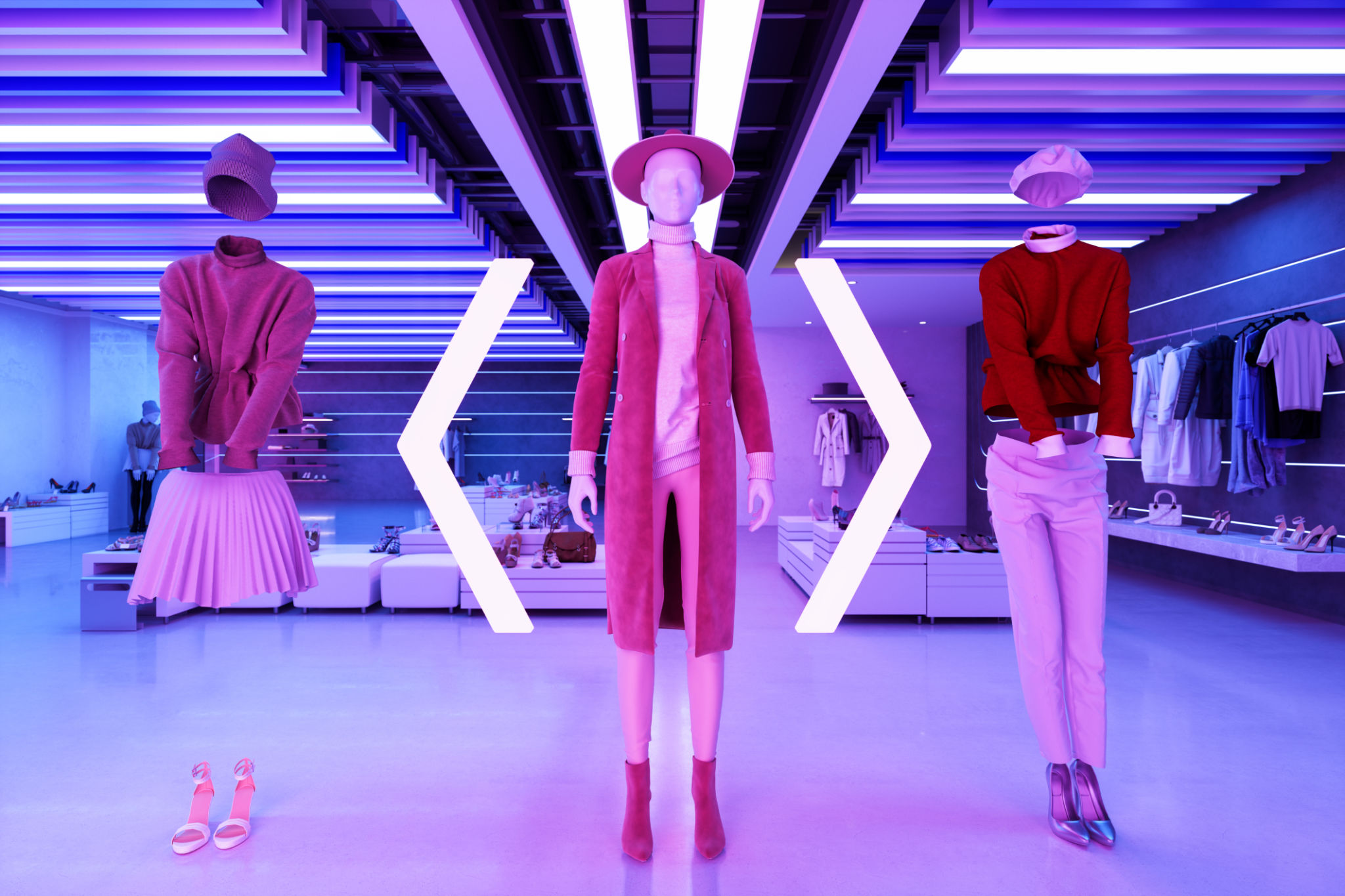The Future of Digital Design: Trends Shaping the Industry
Introduction to Digital Design Trends
The digital design landscape is constantly evolving, driven by technological advancements and changing user expectations. As we look towards the future, several trends are emerging that promise to reshape the industry. Designers must stay abreast of these trends to remain competitive and relevant in a rapidly changing environment.

Embracing Minimalism
Minimalism continues to be a dominant trend in digital design. By focusing on simplicity and clarity, minimalist designs help users navigate interfaces with ease. This trend is particularly significant in web and app design, where users prefer clean, uncluttered interfaces that allow them to find information quickly and efficiently.
Designers are increasingly using white space strategically to create balance and focus attention on essential elements. Additionally, bold typography and simple color palettes are being employed to enhance readability and visual appeal.
AI and Automation in Design
Artificial Intelligence (AI) and automation are revolutionizing the digital design process. AI-driven tools can now assist with tasks such as image editing, layout creation, and even generating entire design concepts. These tools not only save time but also allow designers to explore creative possibilities they might not have considered.

With AI, personalization has reached new levels, enabling designers to tailor experiences to individual users’ preferences and behaviors. This trend is expected to grow as AI technology continues to advance.
Immersive Experiences with AR and VR
Augmented Reality (AR) and Virtual Reality (VR) are transforming the way users interact with digital content. These technologies allow for immersive experiences that go beyond traditional two-dimensional screens. In industries such as retail, education, and entertainment, AR and VR are providing new ways for users to engage with products and content.
As hardware becomes more accessible and affordable, we can expect to see even more innovative applications of AR and VR in digital design.

Sustainable Design Practices
As awareness of environmental issues grows, sustainable design practices are becoming increasingly important. Designers are now considering the environmental impact of their work, from the energy consumption of digital products to the materials used in physical interfaces.
This trend is not only about creating eco-friendly designs but also about promoting sustainability through the messaging and branding associated with digital products.
Conclusion: Adapting to Change
The future of digital design is bright, with numerous exciting trends set to shape the industry in the coming years. From minimalism and AI-driven tools to immersive AR/VR experiences and sustainable practices, designers have a wealth of opportunities to explore.
By staying informed about these trends and adopting new technologies, designers can create innovative solutions that meet the evolving needs of users while also pushing the boundaries of what's possible in digital design.
